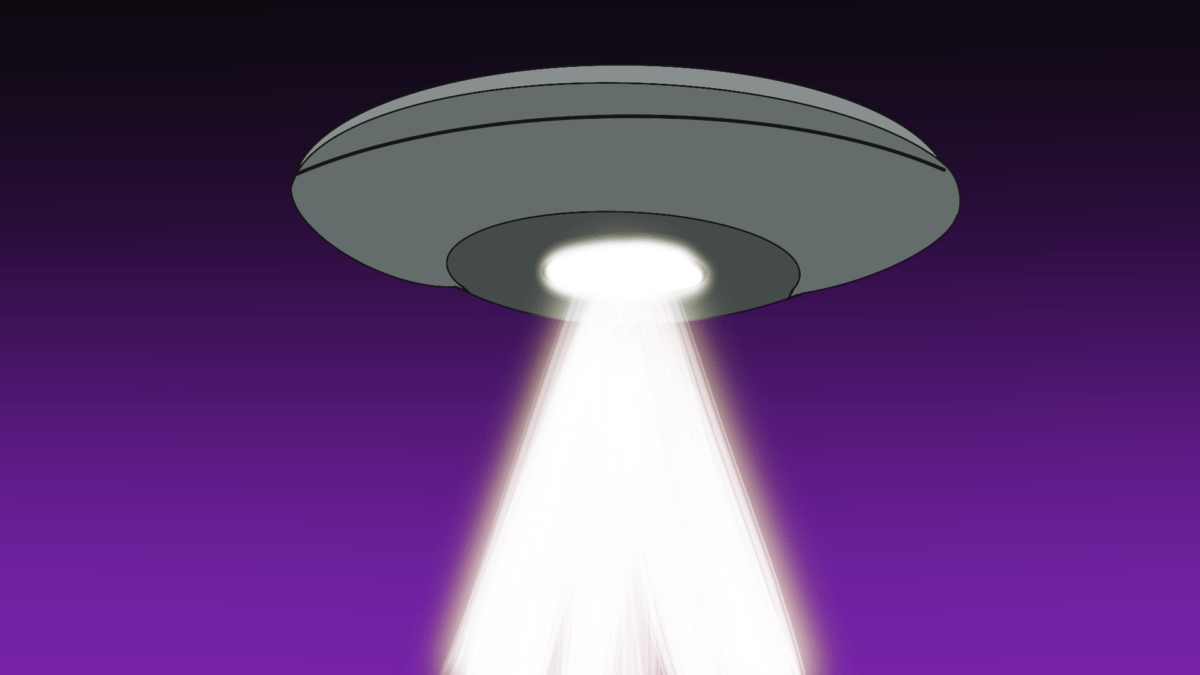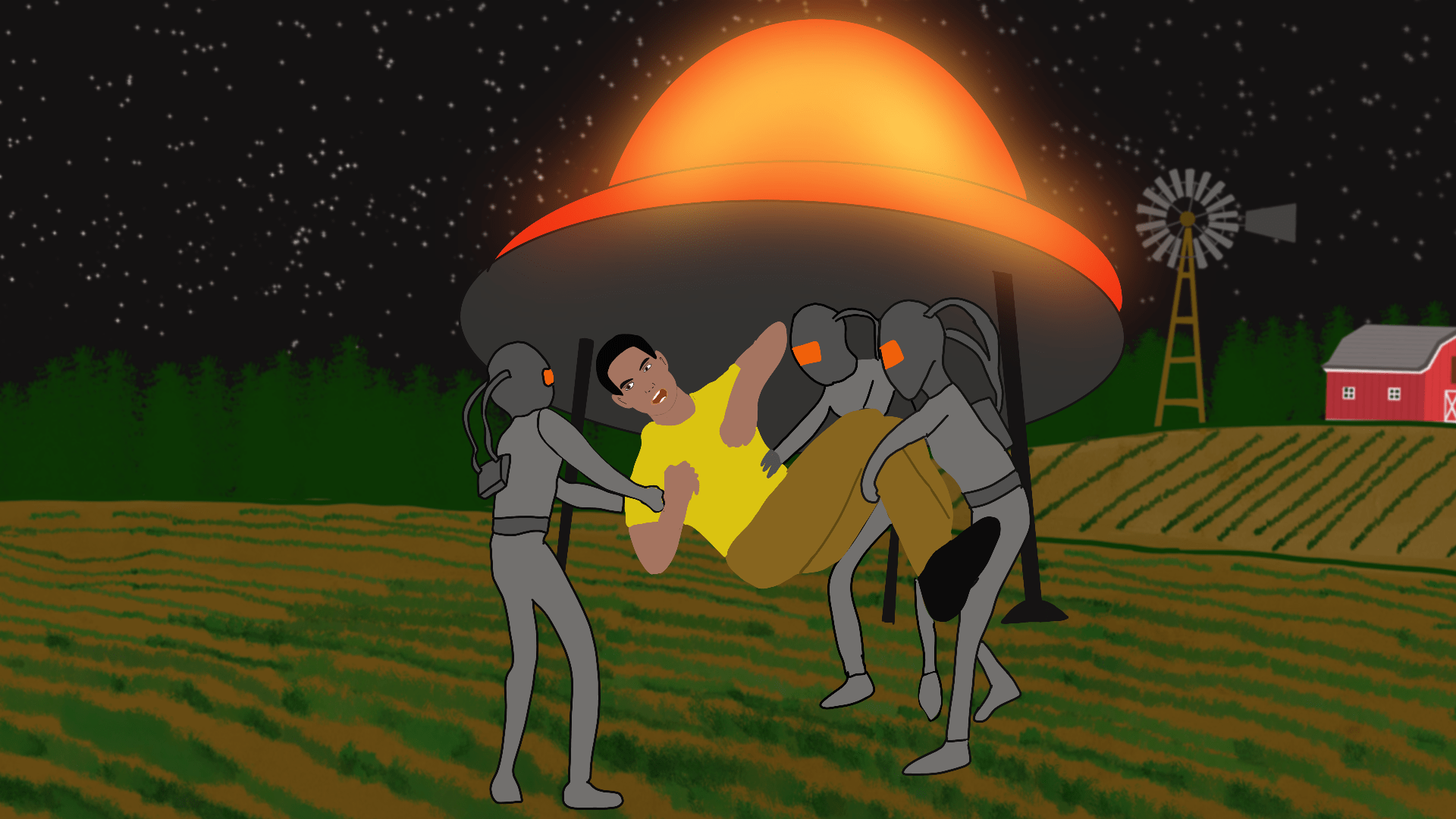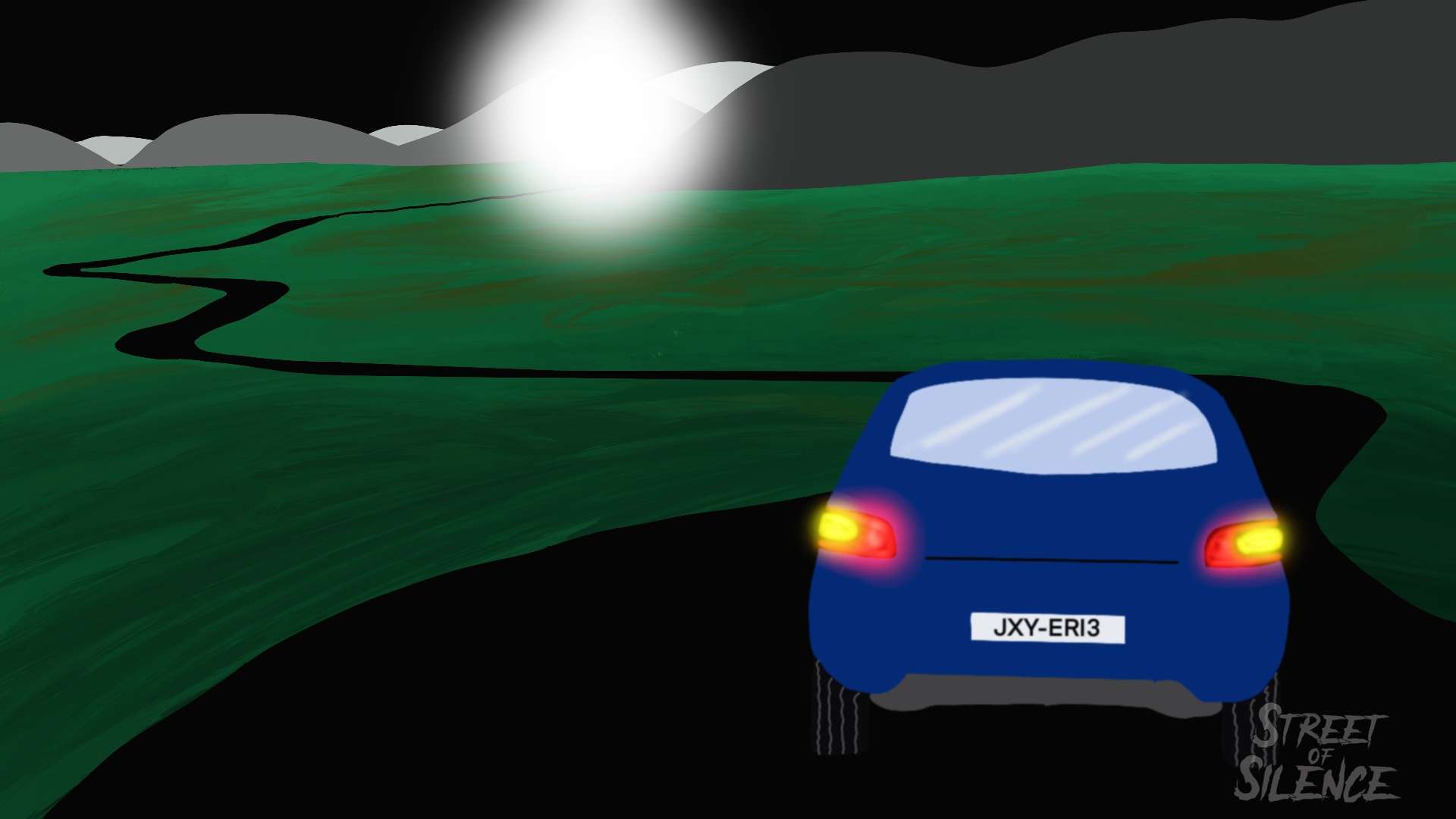On May 6, 1978, at about 4:15 p.m., something crashed into a mountain near El Taire on the Bermejo River, the border between the Bolivian province of Tarija and Argentina. Thousands of people saw this happen and later described the object as being cylindrical in shape with a flaming tail. It was so loud and fast, it caused a supersonic boom that was heard up to 150 miles away and cracked windows as far away as 30 miles in every direction.
The next day, the papers were speculating on what had come down. The explanations ranged from meteorites to UFOs and or a late reentry of some Apollo capsule.
As the questions were circulating. it was announced that the Argentinian authorities had sent the 20th unit of the border police to the area in question to look for wreckage on their side of the border. The search in that mountainous country could last for weeks, so swarms of reporters went to the nearest big town, Aguas Blancas, to book rooms there and await further developments, as well as to interview eyewitnesses in the town.
As expected, there were a number of witnesses who claimed to have seen the object. Most of them described it as oval or cylindrical and metallic. The army, too, seemed to be convinced that it was a UFO. Corporal Natalio Farfan Ruiz, the commandant of a small border police unit at the little village of La Marmora confirmed the crash to Argentinian reporters saying: “It was about 4:30 p.m. when a cylindrical object made the earth tremble. Just imagine what would have happened if the UFO had fallen on the houses!”
Policeman Juan Hurtado had also saw what had happened: “It looked like a gigantic wine container emitting a trace of white smoke. I saw it clearly. It flew directly above my head. I was on duty and at that moment was talking with three engineers from the mine in La Paz, when we saw the object crashing into the El Taire Mountain. The impact was so strong that it threw me to the ground. The earth trembled at that moment.”
After some debate, the Bolivian Air Force sent three single-motored AT6 airplanes—to the area and discovered the crash site on the southern slope of the El Taire Mountain. Where the pilots found it impossible to land anywhere near it, the newspaper Clarin of Buenos Aires announced on May 14, that the object had been found. As proof, they quoted the police chief of Tarija: “Our men have discovered the object and inspected it but have received no instructions for further action. It is a dull metallic cylinder twelve feet long with a few dents. No one knows what it is inside, and we are awaiting the arrival of various technical commissions. A NASA expert is also expected to arrive tomorrow morning.”
But no NASA expert came to Tarija. Instead, two U.S. Air Force officers, Col. Robert Simmons and Maj. John Heise arrived. Although these officers were officially on leave, they had been instructed to take the object to the United States in a Hercules C-130 transport machine, which was waiting for them at La Paz.
When other newspapers made inquiries at the American Embassy regarding this secret mission of Simmons and Heise they were ignored. Only two years later, 5 relevant documents were released by the U.S. State Department: they revealed that Simmons and Heise had been assigned to the military attaché of the U.S. Embassy in La Paz and did, in fact, fly to Tarija accompanied by an officer of the Bolivian Air Force, in connection with Project Moon Dust.
Project Moon Dust was a covert project by the United States Air Force during the Cold War that existed at the Air Force Missile Development Center at Holloman Air Force Base. The aim of the project was to recover objects and debris from spacecraft that survived re-entry through the atmosphere back to Earth and to exploit the discovery of Soviet hardware when it temporarily fell into American hands.
Of the 5 documents recovered, none provided a clear picture of what had happened.
And regrettably, no further reports concerning the Simmons-Heise expedition were released. To get a picture of what happened, ufologists and investigators were forced to rely on reports in the Argentinian press. Apparently, however, nobody came to the conclusion that a meteorite had hit the earth.
One piece of solid evidence that it wasn’t a meteorite comes from the Smithsonian Institution.
At the world-famous Smithsonian Institution, there is a data bank of scientific occurrences, or an “alarm network,” that keeps track of every volcanic eruption, every earthquake and every meteorite collision since 1973 with painstaking accuracy. The data bank reveals no mention of a meteorite falling during May 1978 at the Bolivian-Argentinian border.
Still, communities around the crash site remained adamant that something crashed. There was also talk of “Men in Black” canvassing different areas, talking with witnesses.
Today, the 1978 Bolivian UFO sighting is remembered for several things. First, the abnormally loud sound and the sonic boom which shattered windows and scared animals to death. Second was the large number of witnesses that saw the event. It’s rare to get multiple witnesses sighting a UFO, but hundreds and in this case thousands, is truly extraordinary.
Many theories outside of it being a UFO or UAP exist. First, some believe that it was an advanced technology that the military was testing out. It is believed that the testing may have gone bad or there was a malfunction. Skeptics believe that this was simply a high-speed military pilot that crashed. Perhaps people’s memory was clouded by the loud sound and suggestive ideas caused mass hysteria. This could have led to an exaggeration of facts around the matter. Still, this doesn’t explain the fact the eyewitnesses were in thousands and in different locations, reports were generally similar.
Due to the clandestine activities by the US military, notably military officers Simmons and Heise, it’s doubtful we will ever have more clarity around the events unless more documents are released, or confessions are made.





Great tremendous things here. I am very happy to peer your post. Thank you a lot and i’m looking forward to touch you. Will you kindly drop me a mail?
Hi this is kinda of off topic but I was wondering if blogs use WYSIWYG editors or if you have to manually code with HTML. I’m starting a blog soon but have no coding experience so I wanted to get advice from someone with experience. Any help would be enormously appreciated!